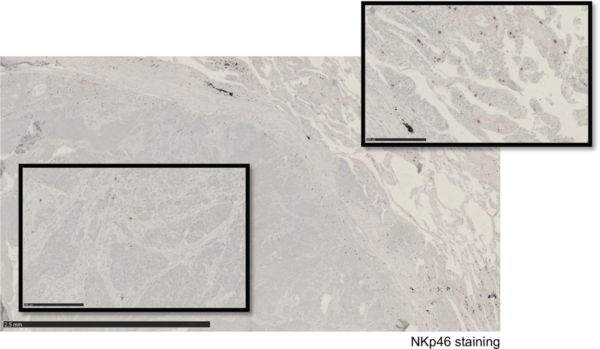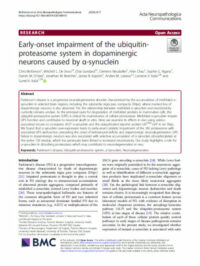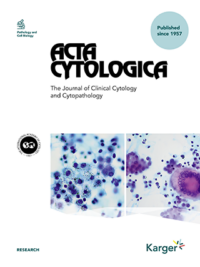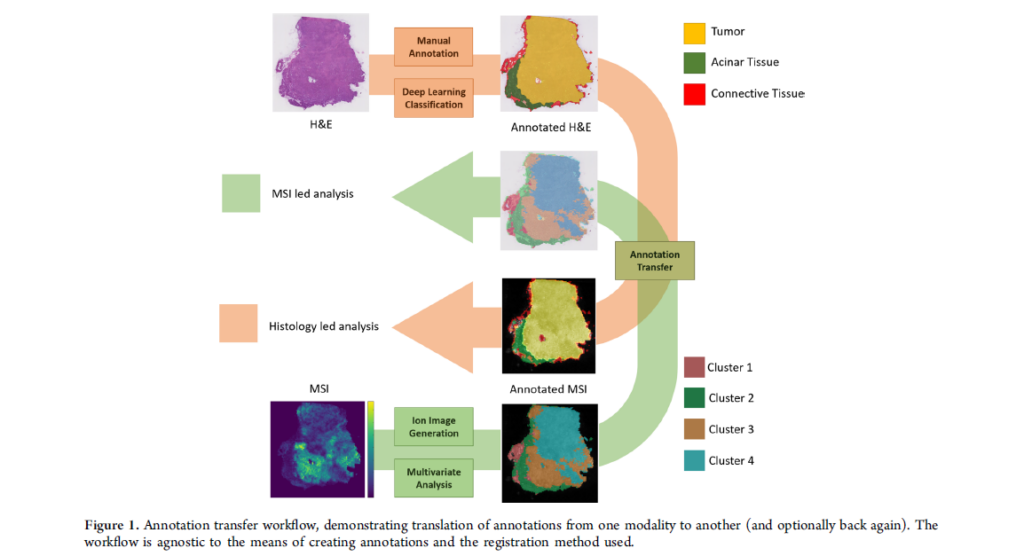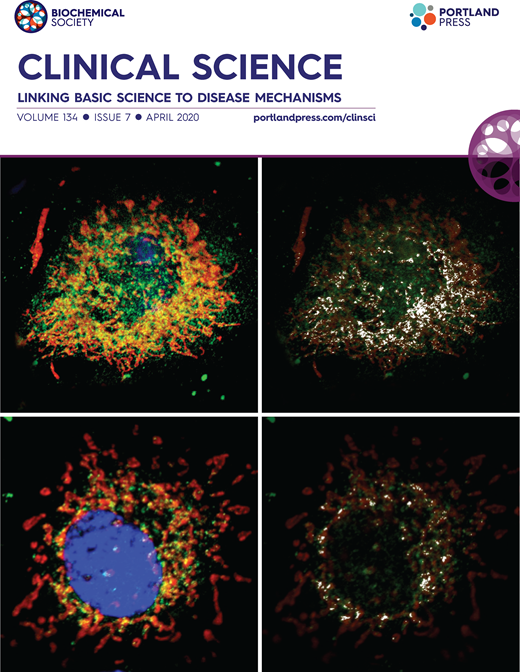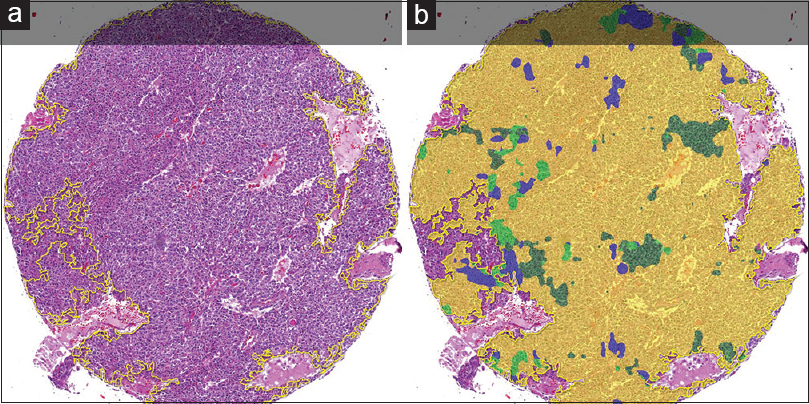Natural killer cells in the human lung tumor microenvironment display immune inhibitory functions
Jules Russick, et al, Journal for ImmunoTherapy of Cancer, 2020.
Natural killer (NK) cells are known to have cytotoxic effector functions in tumor immunosurveillance. More recently, evidence of a second potentially inhibitory or regulatory role have emerged. Here, Russick et al compared expression patterns of NK cells inside tumors to nontumoral NK cells to understand their inhibitory functions in the context of the non-small cell lung carcinoma (NSCLC) tumor microenvironment (TME). These studies identified a novel and specific gene signature of NK cells dysregulation in NSCLC that suggests that the TME may induce suppressive NK cells. HALO image analysis software was leveraged to quantify CD8 expression of formalin fixed paraffin embedded NSCLC sections with CD8 immunohistochemistry and a hematoxylin counterstain. While the presence of CD8 was previously known to be associated with good clinical outcomes, Russick and colleagues uncovered a more complex relationship where patients with low CD8+ T cells and high NK cell density had good outcomes, and those with high CD8+ T cells and high NK cell density had poor outcomes.
